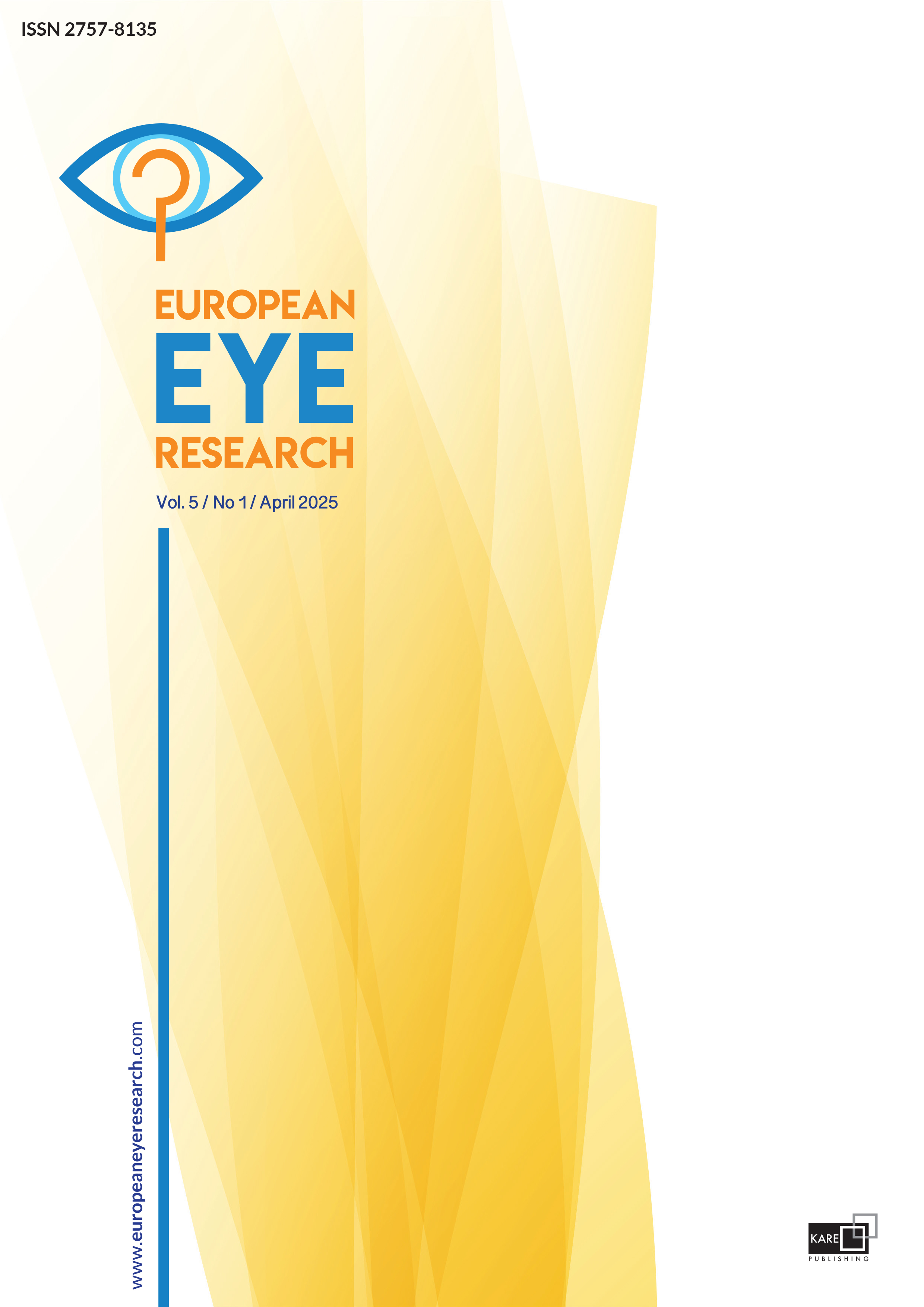

The revival of an old term with optical coherence tomography: Bacillary layer detachment
Ceren Durmaz Engin1, Ali Osman Saatci21Department of Ophthalmology, Karadeniz Eregli State Hospital, Zonguldak, Türkiye2Department of Ophthalmology, Dokuz Eylul University Faculty of Medicine, Izmir, Türkiye
Bacillary layer detachment (BALAD) is a relatively new optical coherence tomography (OCT) finding described by the utilization of OCT and characterized by the separation within the photoreceptor inner segment. The most common ocular diseases associated with BALAD include Vogt-Koyanagi-Harada’s disease, neovascular age-related macular degeneration, and central serous chorioretinopathy, and it is frequently observed in inflammatory, infectious, traumatic, and mass lesions of the choroid. It usually has a benign course and can resolve spontaneously or with treatment in a very short time, accompanied by an increase in visual acuity. However, its prognostic significance is still contradictory, as studies with long-term follow-up have shown that BALAD is related with subretinal fibrosis. In this review, the anatomical definition, multimodal imaging findings, course, and prognosis of BALAD in various ocular diseases are discussed.
Keywords: Bacillary detachment, bacillary layer detachment, neovascular age-related macular degeneration, optical coher-ence tomography; Vogt-Koyanagi-Harada's disease.Manuscript Language: English



